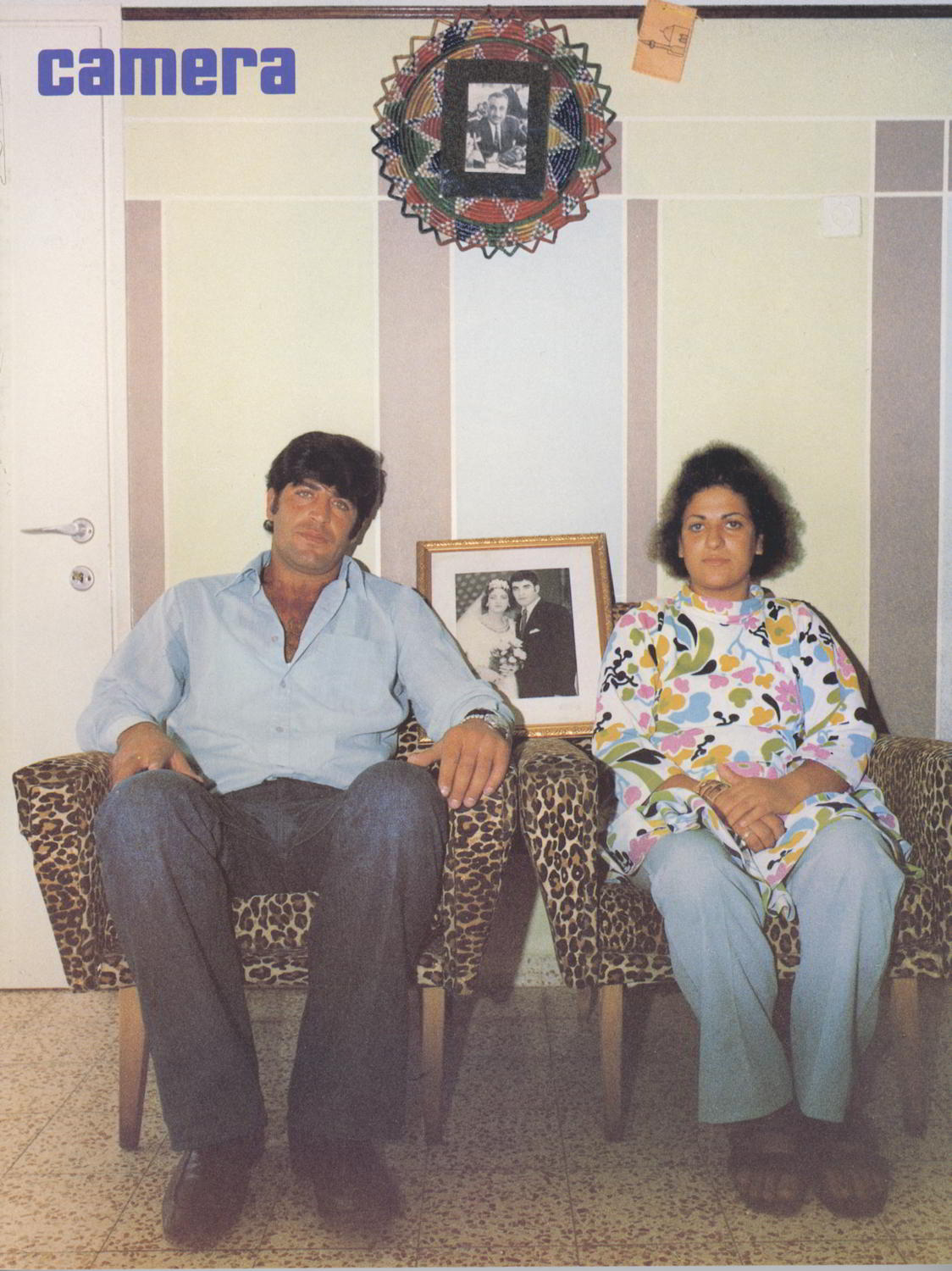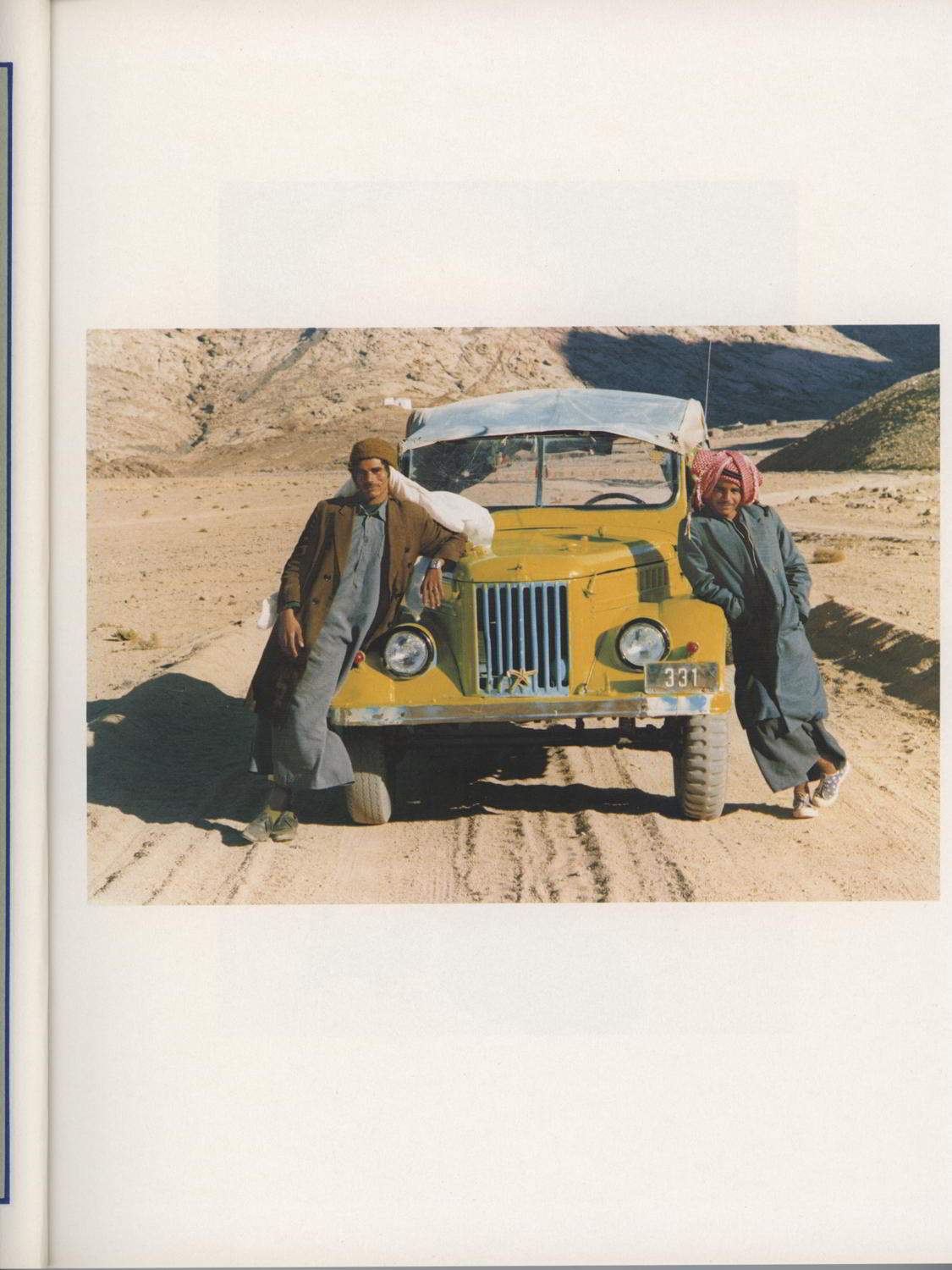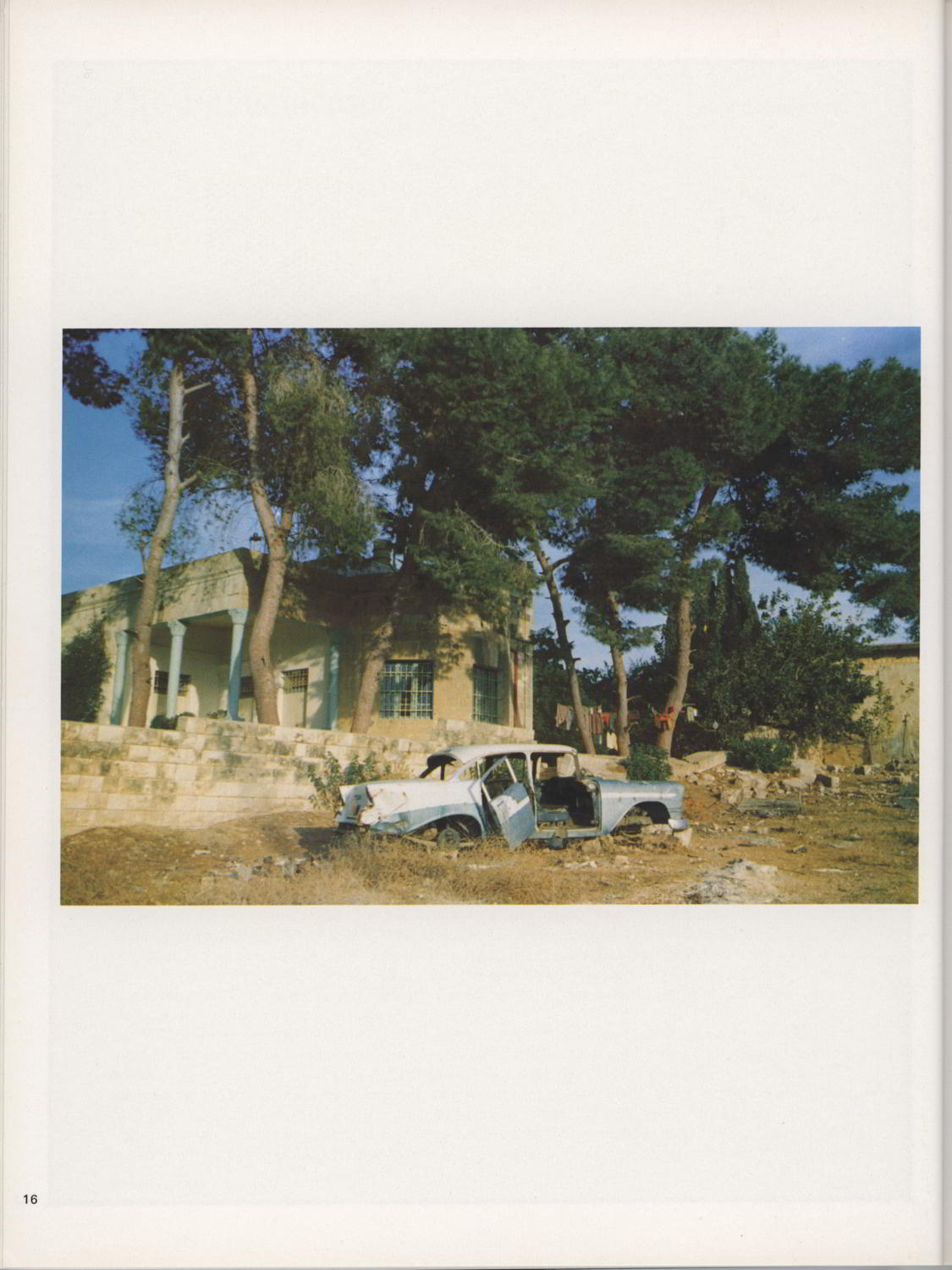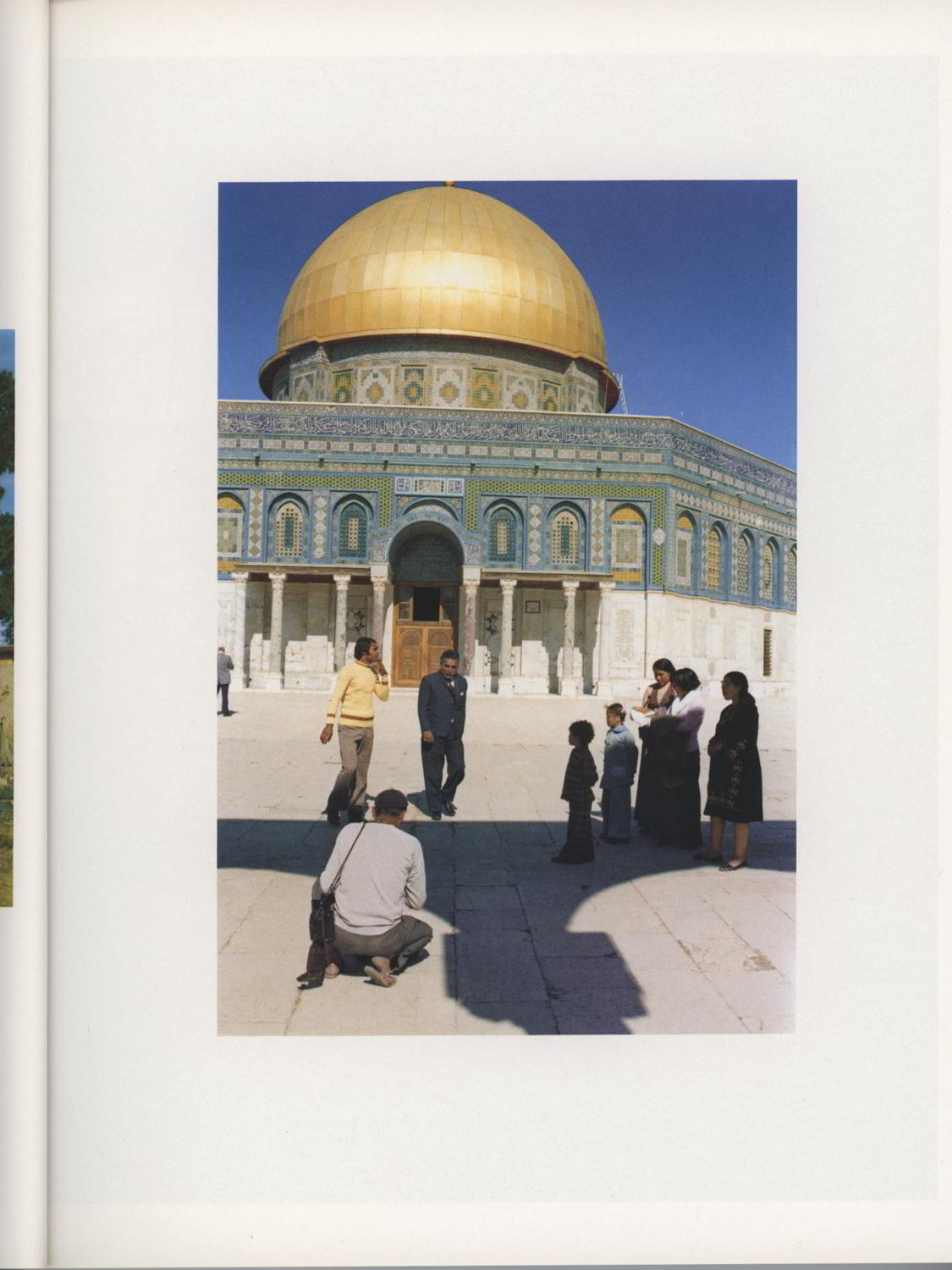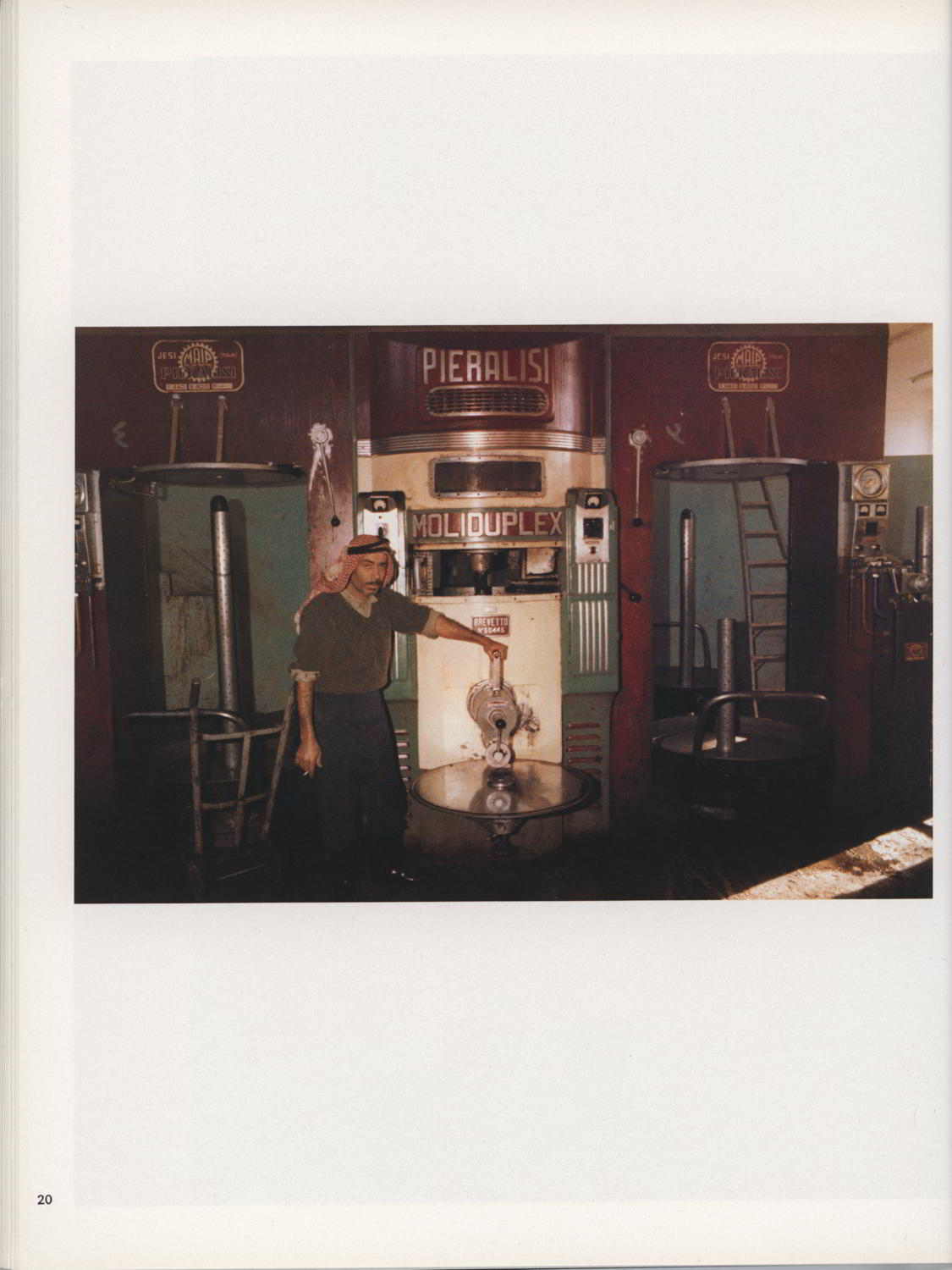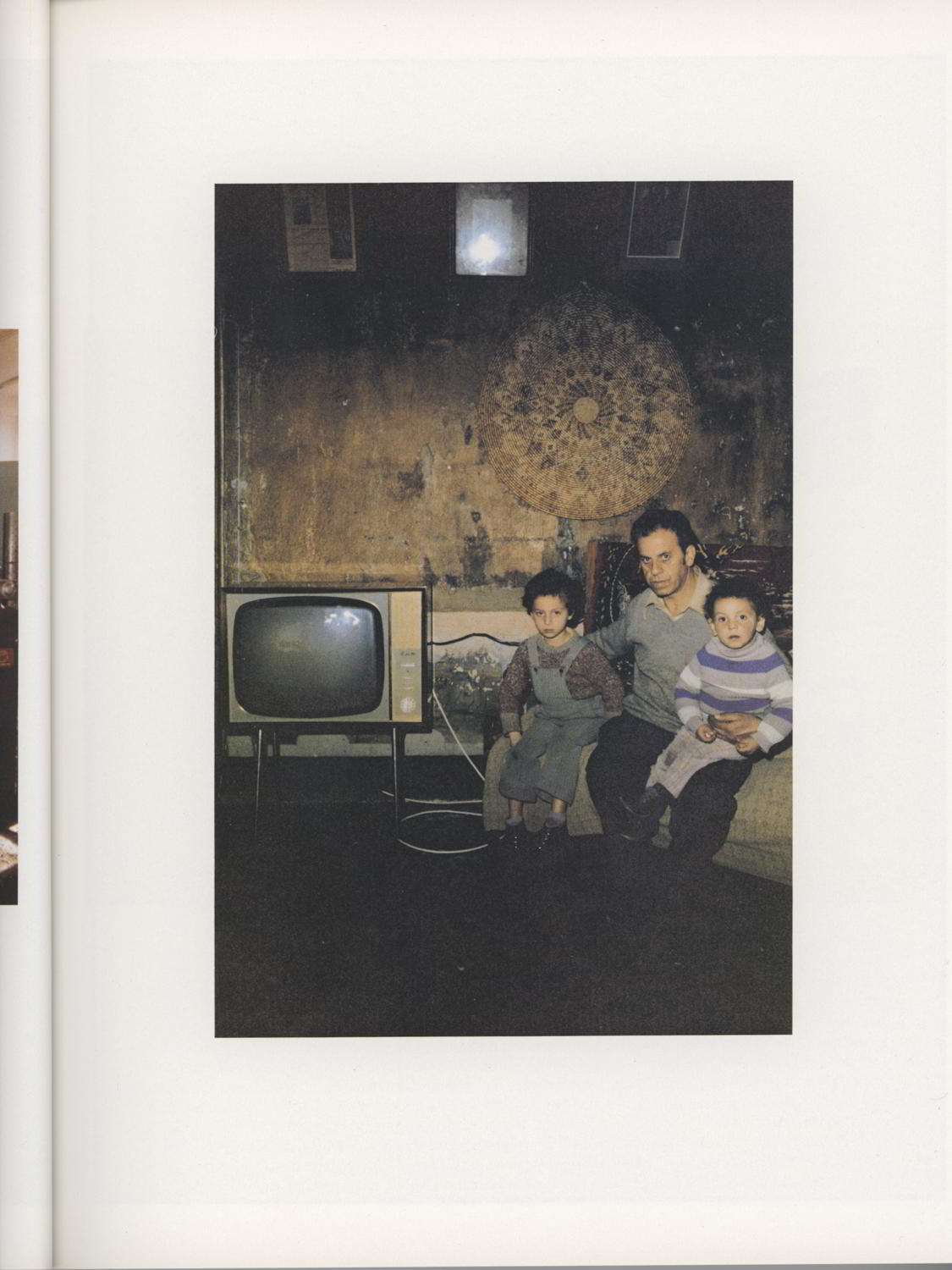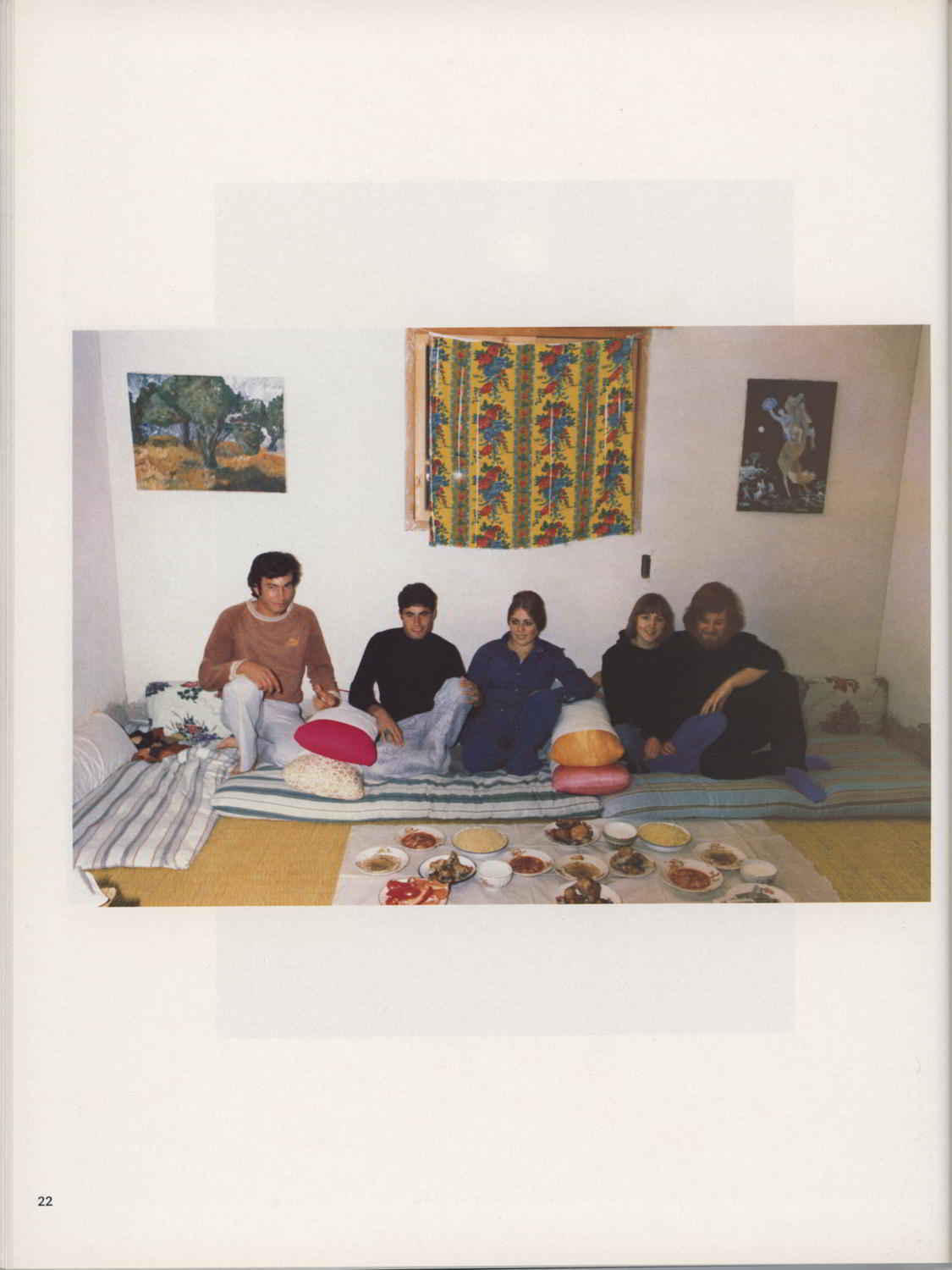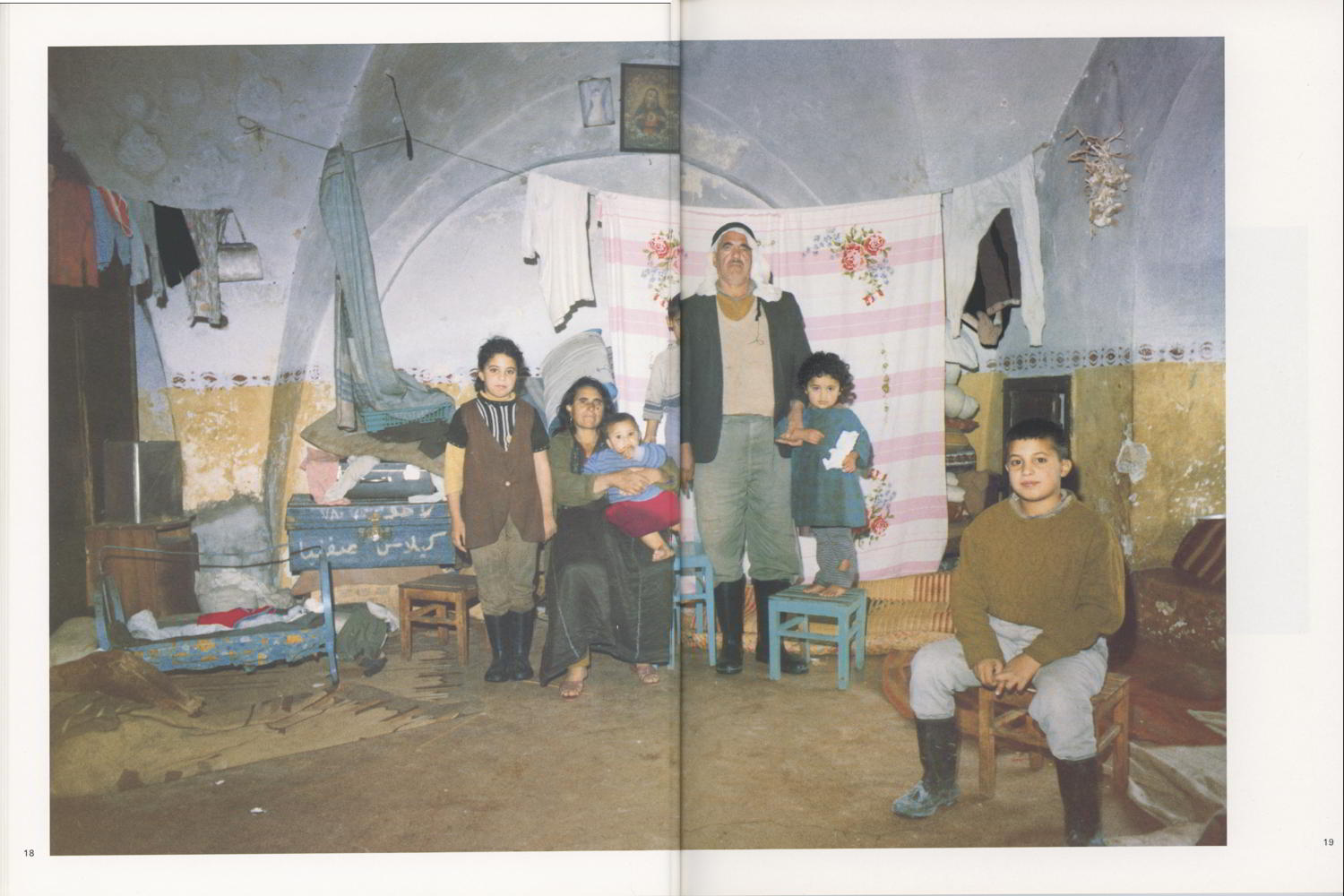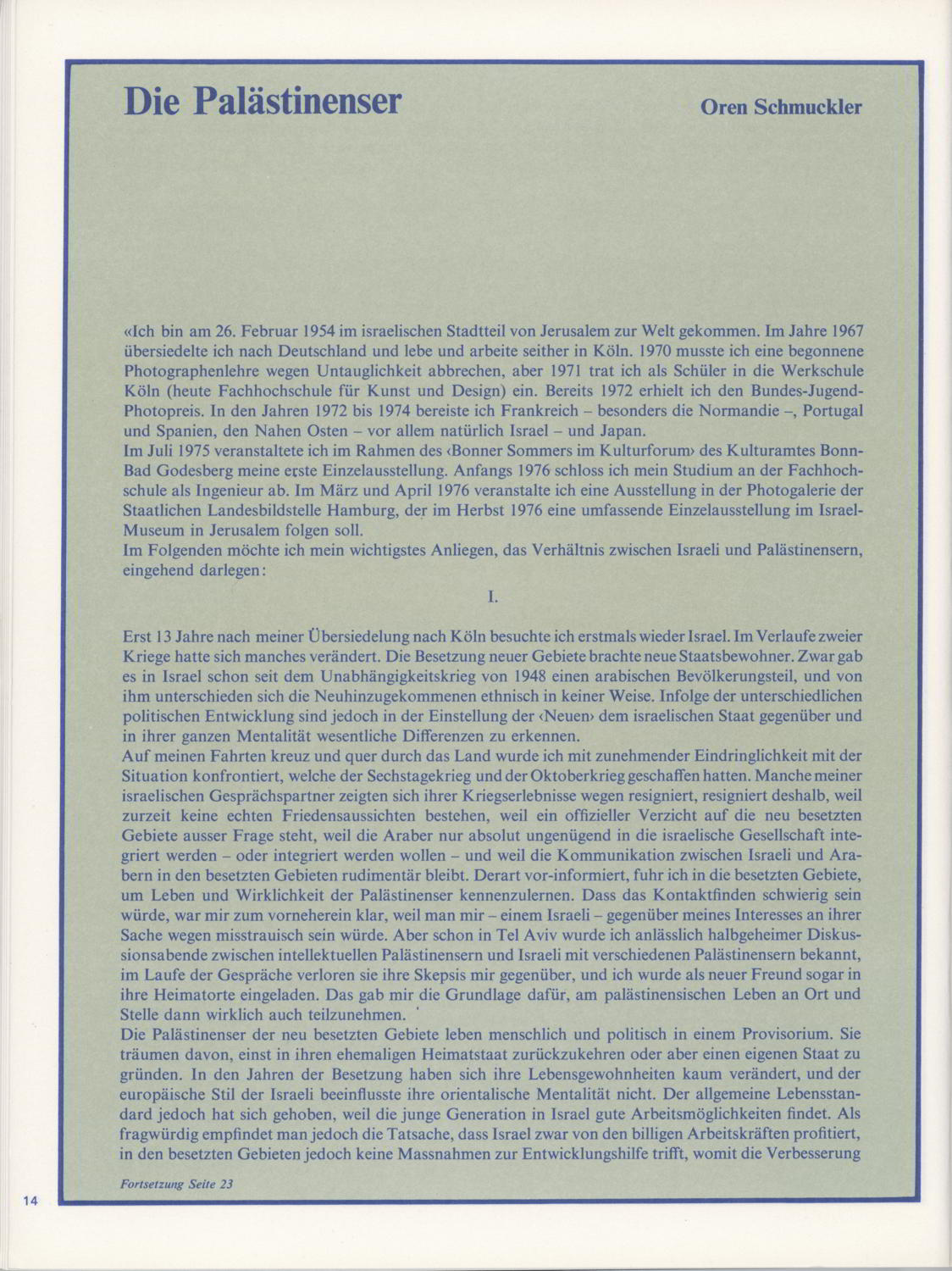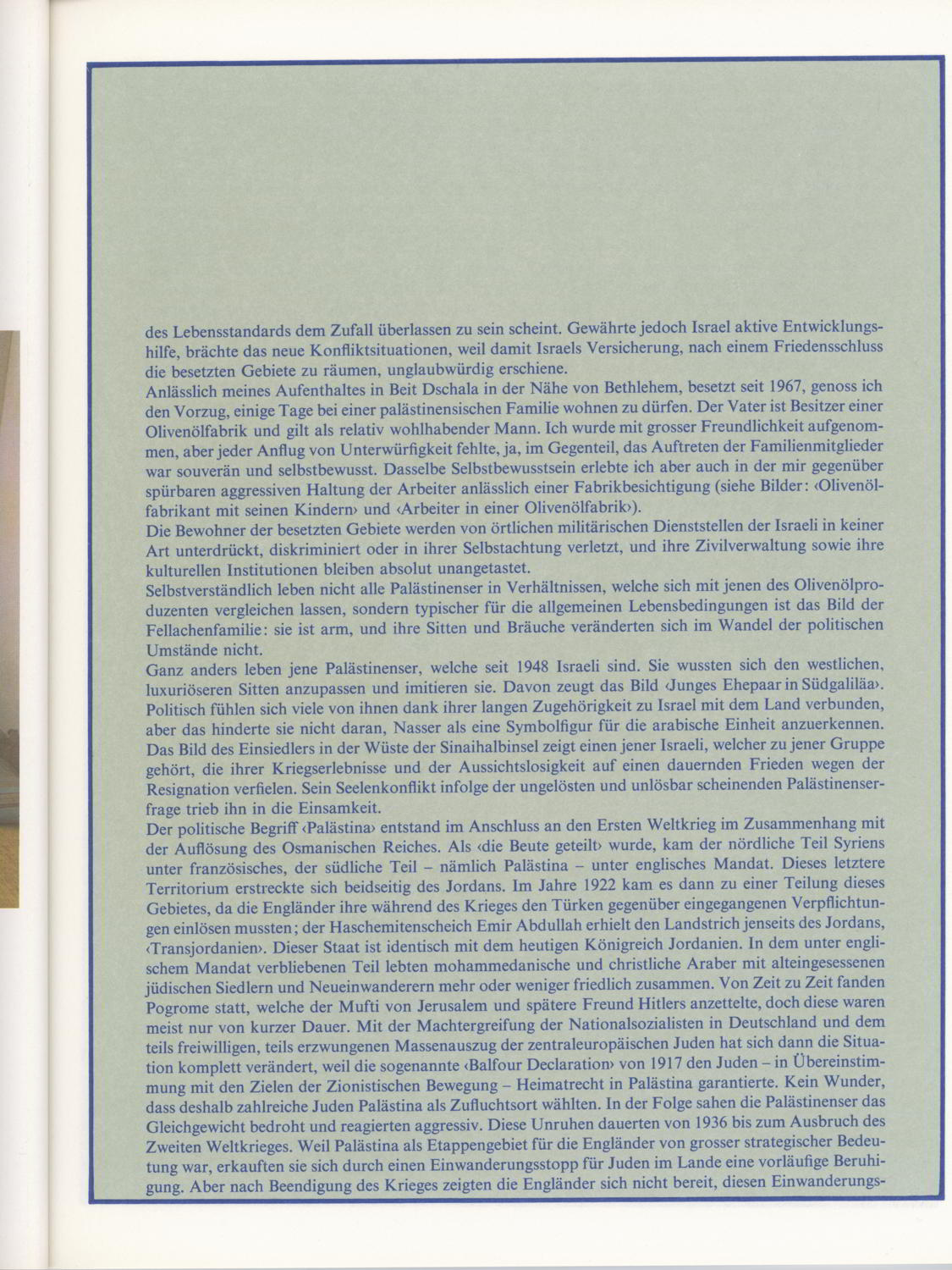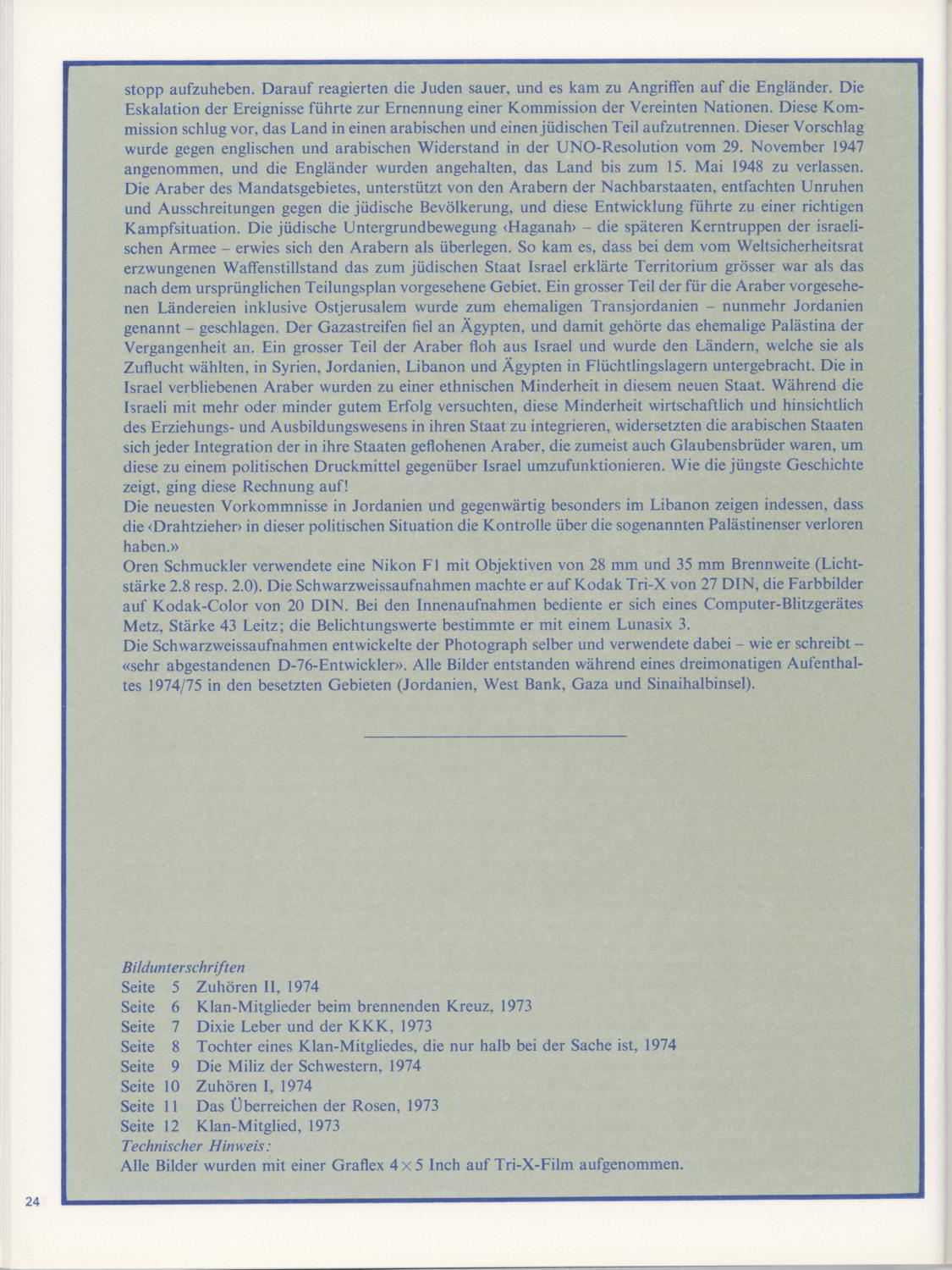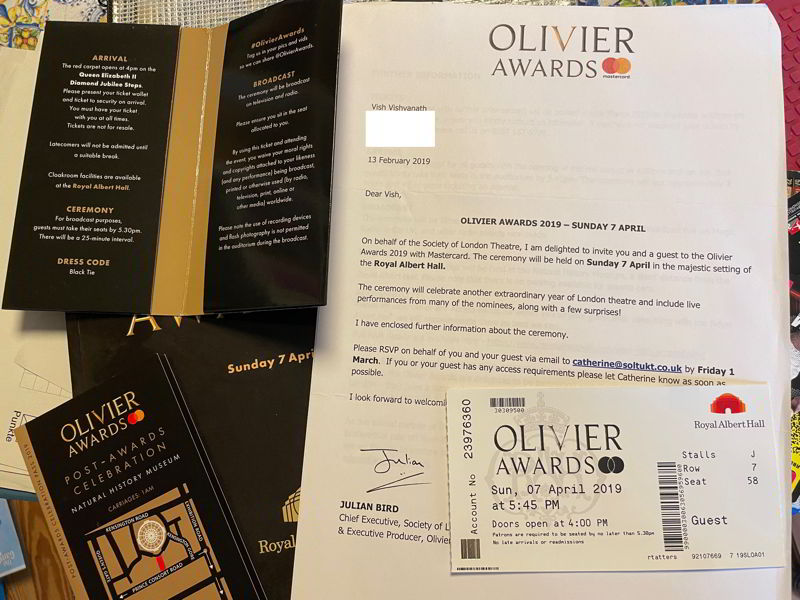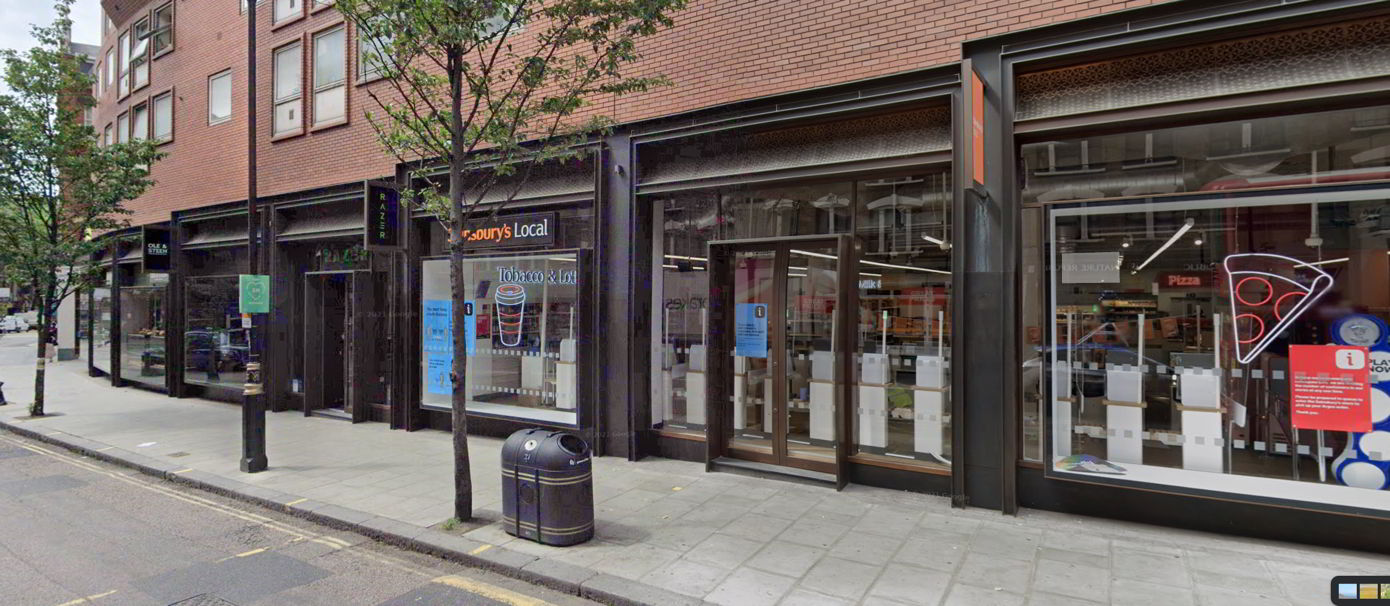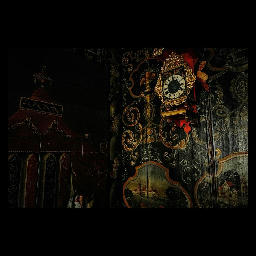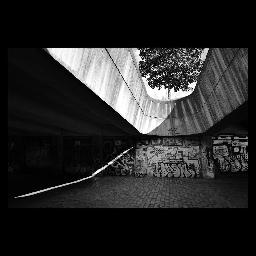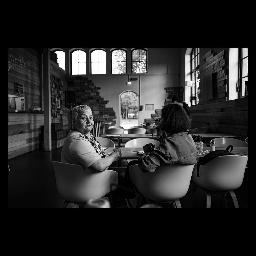Oren Schmuckler - The Palestinians, Camera Magazin 1976
The Palestinians
Originally published in the March 1976 issue of Camera, despite some points in the text referring to the future, Oren Schmuckler went on to be a filmmaker and cinematographer, and as of 2023, is directing a TV series set in Hamburg, “Notruf Hafenkante” as well as episodes of a police procedural called “SOKO Wismar”. Oren Schmuckler, if you do see this page, please get in touch, would love to hear some updated thoughts on this photo story.
When commenting, please note that this story was photographed and written by a 20-ish-year-old between 1974-6, almost 50 years ago.
Images
Original article via Googly Translate, from the German
«I was born on February 26, 1954 in the Israeli district of Jerusalem. I moved to Germany in 1967 and have been living and working in Cologne ever since. In 1970 I had to give up an apprenticeship as a photographer because I was unfit, but in 1971 I entered the Werkschule Köln (now the University of Applied Sciences for Art and Design) as a student. As early as 1972 I received the Federal Youth Photo Prize. In the years 1972 to 1974 I traveled to France - especially Normandy -, Portugal and Spain, the Middle East - above all, of course, Israel - and Japan.
In July 1975 I organized my first solo exhibition as part of the ‘Bonner Sommer im Kulturforum’ organized by the Bonn-Bad Godesberg Cultural Office. At the beginning of 1976 I graduated from the University of Applied Sciences as an engineer. In March and April 1976 I put on an exhibition in the photo gallery of the State Photo Agency in Hamburg, which was to be followed by a comprehensive solo exhibition in the Israel Museum in Jerusalem in autumn 1976.
In the following I would like to explain in detail my most important concern, the relationship between Israelis and Palestinians:
It was only 13 years after I moved to Cologne that I visited Israel again for the first time. Much had changed in the course of two wars. The occupation of new territories brought new citizens. It is true that there has been an Arab population in Israel since the 1948 War of Independence, and the new arrivals were in no way ethnically different from them. As a result of the different political developments, however, significant differences can be seen in the attitude of the ‘newcomers’ towards the Israeli state and in their entire mentality.
Traveling back and forth across thehting situation. The Jewish underground movement ‘Haganah’ - later the core troops of the Israeli army - proved superior to the Arabs. So it happened that when the ceasefire was enforced by the World Security Council, the territory declared the Jewish State of Israel was larger than the area envisaged according to the original partition plan. A large part of the lands earmarked for the Arabs, including Ostierusalem, was turned into former Transjordan - now called Jordan. The Gaza Strip fell to Egypt, and with it the former Palestine became a thing of the past. A large proportion of the Arabs fled Israel and were housed in refugee camps in the countries they chose for refuge in Syria, Jordan, Lebanon and Egypt. The Arabs who remained in Israel became an ethnic minority in this new state. While the Israelis tried, with more or less success, to integrate this minority into their state economically and in terms of education and training, the Arab states opposed any integration of the Arabs who had fled to their states, most of whom were also fellow believers, in order to into a means of political pressure on Israel. As recent history shows, this calculation worked!
However, the latest events in Jordan and currently especially in Lebanon show that the ‘masterminds’ in this political situation have lost control over the so-called Palestinians.” country, I was confronted with increasing urgency by the situation created by the Six Day War and the October War. Some of the people I spoke to in Israel were resigned to their experiences of war, resigned because there are currently no real prospects for peace, because there is no question of officially renouncing the newly occupied territories, because the Arabs are - or are - not being sufficiently integrated into Israeli society want - and because communication between Israelis and Arabs in the occupied territories remains rudimentary. Thus pre-informed, I went to the occupied territories to get to know the life and reality of the Palestinians. I knew from the start that making contact would be difficult, because I - an Israeli - would be suspicious of my interest in their cause. But already in Tel Aviv I became acquainted with various Palestinians on the occasion of half-secret discussion evenings between intellectual Palestinians and Israelis. In the course of the discussions they lost their skepticism towards me, and I was even invited to their home towns as a new friend. That gave me the basis to really participate in Palestinian life on the spot.
The Palestinians in the newly occupied territories are living in a provisional situation, both humanly and politically. They dream of one day returning to their former home country or founding their own country. During the years of occupation, their habits changed little, and the European style of the Israelis did not affect their oriental mentality. However, the general standard of living has improved because the young generation in Israel finds good job opportunities. What is questionable, however, is the fact that while Israel benefits from cheap labor, it does not take any development aid measures in the occupied territories, which means that the improvement in living standards seems to be left to chance. However, if Israel granted active development aid, this would lead to new conflict situations, because Israel’s assurance that the occupied territories would be evacuated after a peace agreement would appear implausible.
During my stay in Beit Jala near Bethlehem, occupied since 1967, I had the privilege of staying with a Palestinian family for a few days. The father is the owner of an olive oil factory and is considered a relatively wealthy man. I was received with great friendliness, but there was no trace of submissiveness, on the contrary, the behavior of the family members was sovereign and self-confident. But I also experienced the same self-confidence in the aggressive attitude of the workers that I felt towards me when I was visiting a factory (see pictures: “Olive oil manufacturer with his children” and “Workers in an olive oil factory).
Residents of the Occupied Territories are not oppressed, discriminated against or violated in their self-esteem in any way by local Israeli military agencies, and their civil administration and cultural institutions remain completely untouched.
Of course, not all Palestinians live in circumstances that can be compared to those of olive oil producers, but the image of the fellah family is more typical of the general living conditions: they are poor, and their customs and customs have changed in the course of political change
circumstances do not.
Those Palestinians who have been Israelis since 1948 live very differently. They knew how to adapt to western, more luxurious customs and imitated them. The picture Young Married Couple in Southern Galilee bears witness to this.
Politically, many of them feel connected to the country thanks to their long allegiance to Israel, but that didn’t stop them from acknowledging Nasser as a symbol of Arab unity.
The picture of the hermit in the desert of the Sinai Peninsula shows one of those Israelis who belonged to the group who succumbed to their experiences of war and the lack of hope for lasting peace because of resignation. His mental conflict as a result of the unresolved and apparently unsolvable Palestinian question drove him into loneliness. The political term “Palestine” arose after the First World War in connection with the dissolution of the Ottoman Empire. When the spoils were divided, the northern part of Syria came under the French mandate and the southern part - namely Palestine - under the English mandate. This latter territory extended on both sides of the Jordan. In 1922 this area was divided because the English had to redeem their obligations to the Turks during the war; the Hashemite Sheikh Emir Abdullah received the stretch of land beyond the Jordan, (Transjordan›. This state is identical to today’s Kingdom of Jordan. In the part remaining under the English mandate, Muslim and Christian Arabs lived more or less peacefully with long-established Jewish settlers and new immigrants. From From time to time pogroms took place, which the mufti of Jerusalem and later friend of Hitler instigated, but these were mostly short-lived.The situation then changed with the seizure of power by the National Socialists in Germany and the partly voluntary, partly forced exodus of Central European Jews completely changed because the so-called “Balfour Declaration” of 1917 guaranteed the Jews - in accordance with the goals of the Zionist movement - homeland rights in Palestine. No wonder that numerous Jews therefore chose Palestine as a place of refuge. As a result, the Palestinians saw the balance threatened and reacted aggressively. These riots lasted from 1936 until the outbreak of World War II. Because Palestine was of great strategic importance as a stage area for the British, they bought a temporary calm by stopping immigration for Jews in the country. But after the end of the war, the English showed no willingness to lift this ban on immigration. The Jews reacted sourly to this, and the English were attacked. The escalation of events led to the appointment of a United Nations commission. This commission proposed dividing the country into an Arab and a Jewish part. This proposal was accepted in the United Nations resolution of November 29, 1947, against English and Arab opposition, and the English were ordered to leave the country by May 15, 1948.
The Arabs of the Mandate, supported by the Arabs of the neighboring states, ignited riots and riots against the Jewish population, and this development led to a real fighting situation. The Jewish underground movement ‘Haganah’ - later the core troops of the Israeli army - proved superior to the Arabs. So it happened that when the ceasefire was enforced by the World Security Council, the territory declared the Jewish State of Israel was larger than the area envisaged according to the original partition plan. A large part of the lands earmarked for the Arabs, including Ostierusalem, was turned into former Transjordan - now called Jordan. The Gaza Strip fell to Egypt, and with it the former Palestine became a thing of the past. A large proportion of the Arabs fled Israel and were housed in refugee camps in the countries they chose for refuge in Syria, Jordan, Lebanon and Egypt. The Arabs who remained in Israel became an ethnic minority in this new state. While the Israelis tried, with more or less success, to integrate this minority into their state economically and in terms of education and training, the Arab states opposed any integration of the Arabs who had fled to their states, most of whom were also fellow believers, in order to into a means of political pressure on Israel. As recent history shows, this calculation worked!
However, the latest events in Jordan and currently especially in Lebanon show that the ‘masterminds’ in this political situation have lost control over the so-called Palestinians.”
Oren Schmuckler used a Nikon F1 with lenses of 28 mm and 35 mm focal length (speed 2.8 and 2.0 respectively). He took the black and white photos on a 27 DIN Kodak Tri-X, and the color photos on a 20 DIN Kodak Color. He used a computer flash unit for the interior shots, Metz, strength 43 Leitz; he determined the exposure values with a Lunasix 3.
The photographer developed the black-and-white photos himself and used - as he writes - “very stale D-76 developer”. All the pictures were taken during a three-month stay in the occupied territories (Jordan, West Bank, Gaza and Sinai Peninsula) in 1974/75.
Original Text
Oren Schmuckler - The Palestinians, Camera Magazin 1976
https://vishvish.com/zeitmaschine/camera/1976/the-palestinians/
